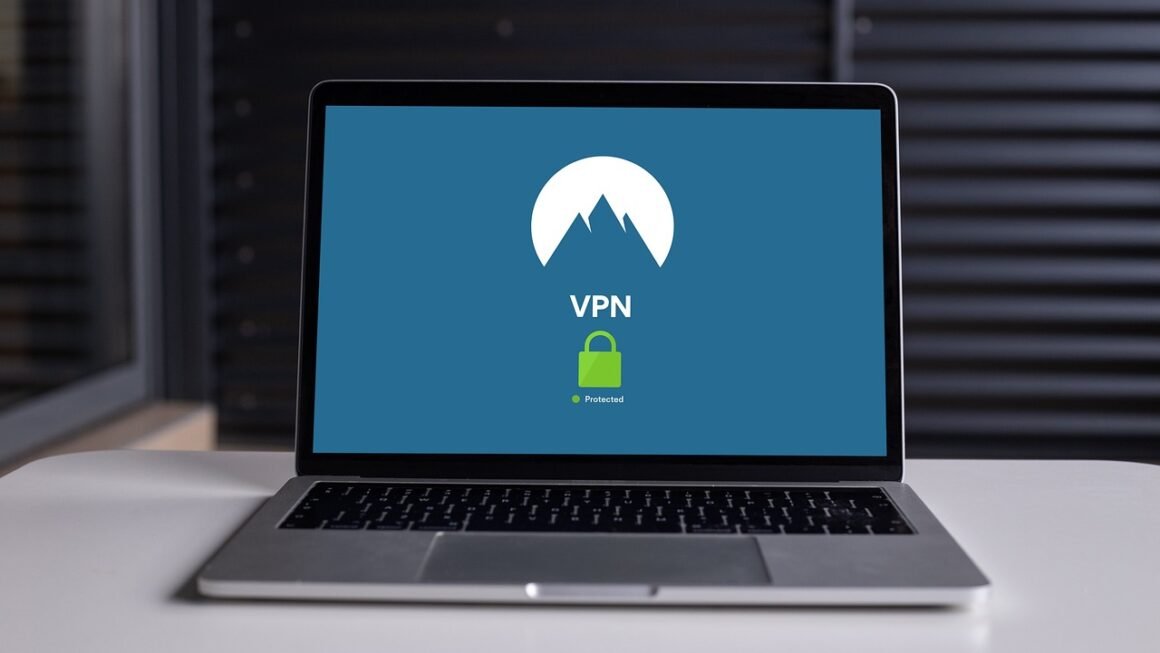In today’s digital age, cyber threats are an ever-present danger for individuals, businesses, and governments alike. From sophisticated ransomware attacks targeting critical infrastructure to phishing scams designed to steal personal information, understanding and mitigating these threats is crucial for protecting your data and maintaining a secure online presence. This blog post will delve into the various types of cyber threats, providing practical examples and actionable advice to help you strengthen your cybersecurity posture.
Understanding the Landscape of Cyber Threats
The cyber threat landscape is constantly evolving, with new vulnerabilities and attack methods emerging regularly. It’s vital to stay informed about the latest threats to protect yourself effectively.
Common Types of Cyber Threats
Several categories of cyber threats pose significant risks:
- Malware: Malicious software designed to harm or infiltrate systems.
Examples: Viruses, worms, trojan horses, ransomware, spyware, and adware.
Ransomware, like WannaCry, encrypts files and demands payment for their decryption.
- Phishing: Deceptive attempts to acquire sensitive information, such as usernames, passwords, and credit card details, by disguising as a trustworthy entity.
Example: An email pretending to be from your bank asking you to verify your account details by clicking on a link.
- Social Engineering: Manipulating individuals to divulge confidential information or perform actions that compromise security.
Example: Calling a help desk and pretending to be a user who has forgotten their password to gain access to an account.
- Denial-of-Service (DoS) and Distributed Denial-of-Service (DDoS) Attacks: Overwhelming a server with traffic, making it unavailable to legitimate users.
Example: A DDoS attack flooding a website with requests from multiple compromised computers, causing it to crash.
- Man-in-the-Middle (MitM) Attacks: Intercepting communication between two parties to eavesdrop or tamper with the data.
Example: An attacker intercepting data transmitted over an unsecured Wi-Fi network.
- SQL Injection: Exploiting vulnerabilities in database applications to gain unauthorized access to data.
Example: An attacker injecting malicious SQL code into a website’s search bar to bypass security and access sensitive information.
- Zero-Day Exploits: Attacks that exploit previously unknown vulnerabilities in software before a patch is available.
Example: An attacker using a newly discovered flaw in an operating system before the vendor releases a security update.
The Impact of Cyber Threats
The consequences of cyber attacks can be severe:
- Financial Losses: Ransomware payments, data recovery costs, legal fees, and reputational damage.
- Data Breaches: Exposure of sensitive personal and financial information, leading to identity theft and fraud.
- Operational Disruption: Downtime caused by malware infections or DDoS attacks can halt business operations.
- Reputational Damage: Loss of customer trust and damage to brand image.
- Legal and Regulatory Penalties: Fines for non-compliance with data protection regulations like GDPR or HIPAA.
Strengthening Your Cybersecurity Posture
Proactive measures are essential to protect against cyber threats. Implementing a robust cybersecurity strategy can significantly reduce your risk.
Implementing Security Best Practices
- Strong Passwords and Multi-Factor Authentication (MFA): Use complex, unique passwords for all accounts and enable MFA whenever possible.
Example: Use a password manager to generate and store strong passwords.
MFA adds an extra layer of security by requiring a second verification method, such as a code sent to your phone.
- Regular Software Updates: Keep your operating systems, applications, and security software up to date with the latest patches.
Example: Enable automatic updates for your operating system and antivirus software.
- Firewall Protection: Use a firewall to monitor and control network traffic, blocking unauthorized access.
Example: Configure your router’s firewall to protect your home network.
- Antivirus and Anti-Malware Software: Install and maintain comprehensive antivirus and anti-malware software.
Example: Regularly scan your computer for viruses and malware.
- Network Segmentation: Divide your network into smaller, isolated segments to limit the impact of a potential breach.
Example: Separate your guest Wi-Fi network from your main network.
Employee Training and Awareness
Human error is a significant factor in many cyber attacks. Educating employees about cybersecurity threats and best practices is crucial.
- Phishing Simulations: Conduct regular phishing simulations to test employees’ ability to identify and avoid phishing attacks.
Example: Send mock phishing emails to employees and provide training to those who click on the links.
- Security Awareness Training: Provide training on topics such as password security, social engineering, and data protection.
Example: Offer online courses or workshops on cybersecurity best practices.
- Clear Security Policies: Develop and enforce clear security policies for employees to follow.
Example: Implement a policy requiring employees to report any suspected security incidents.
Responding to Cyber Incidents
Even with the best preventative measures, cyber incidents can still occur. Having a well-defined incident response plan is essential for minimizing the damage.
Developing an Incident Response Plan
- Identification: Quickly identify and assess the scope of the incident.
Example: Use security information and event management (SIEM) systems to detect suspicious activity.
- Containment: Isolate affected systems to prevent the spread of the incident.
Example: Disconnect infected computers from the network.
- Eradication: Remove the malware or other malicious elements from the affected systems.
Example: Use antivirus software to remove malware.
- Recovery: Restore systems and data to their normal state.
Example: Restore data from backups.
- Lessons Learned: Analyze the incident to identify weaknesses and improve security measures.
Example: Conduct a post-incident review to identify areas for improvement.
Reporting Cyber Incidents
- Legal Requirements: Understand and comply with data breach notification laws and regulations.
- Reporting to Authorities: Report significant cyber incidents to law enforcement agencies, such as the FBI or local police.
- Informing Affected Parties: Notify affected customers or individuals promptly and transparently.
Securing Your Digital Assets
Protecting your valuable digital assets requires a layered approach to security, combining technical safeguards with human awareness.
Data Backup and Recovery
- Regular Backups: Create regular backups of critical data and store them in a secure, offsite location.
Example: Use a cloud-based backup service or an external hard drive.
- Backup Verification: Regularly test your backups to ensure they can be restored successfully.
Example: Perform a test restore of a backup to verify its integrity.
- Data Encryption: Encrypt sensitive data both in transit and at rest to protect it from unauthorized access.
Example: Use encryption software to protect sensitive files stored on your computer.
Cloud Security
- Secure Cloud Configuration: Properly configure your cloud services to ensure they are secure.
Example: Use strong access controls and enable multi-factor authentication.
- Data Loss Prevention (DLP): Implement DLP measures to prevent sensitive data from leaving your organization’s control.
* Example: Use DLP software to detect and block the transmission of sensitive data over email or other channels.
- Regular Security Audits: Conduct regular security audits of your cloud environment to identify and address vulnerabilities.
Conclusion
Cyber threats are a persistent and evolving challenge that demands constant vigilance. By understanding the different types of threats, implementing robust security measures, and staying informed about the latest trends, you can significantly reduce your risk of becoming a victim. Prioritizing employee training, maintaining up-to-date security software, and developing a comprehensive incident response plan are all critical components of a strong cybersecurity strategy. Remember, cybersecurity is not a one-time fix but an ongoing process of assessment, adaptation, and improvement. Staying proactive and informed is your best defense in this ever-changing digital landscape.



